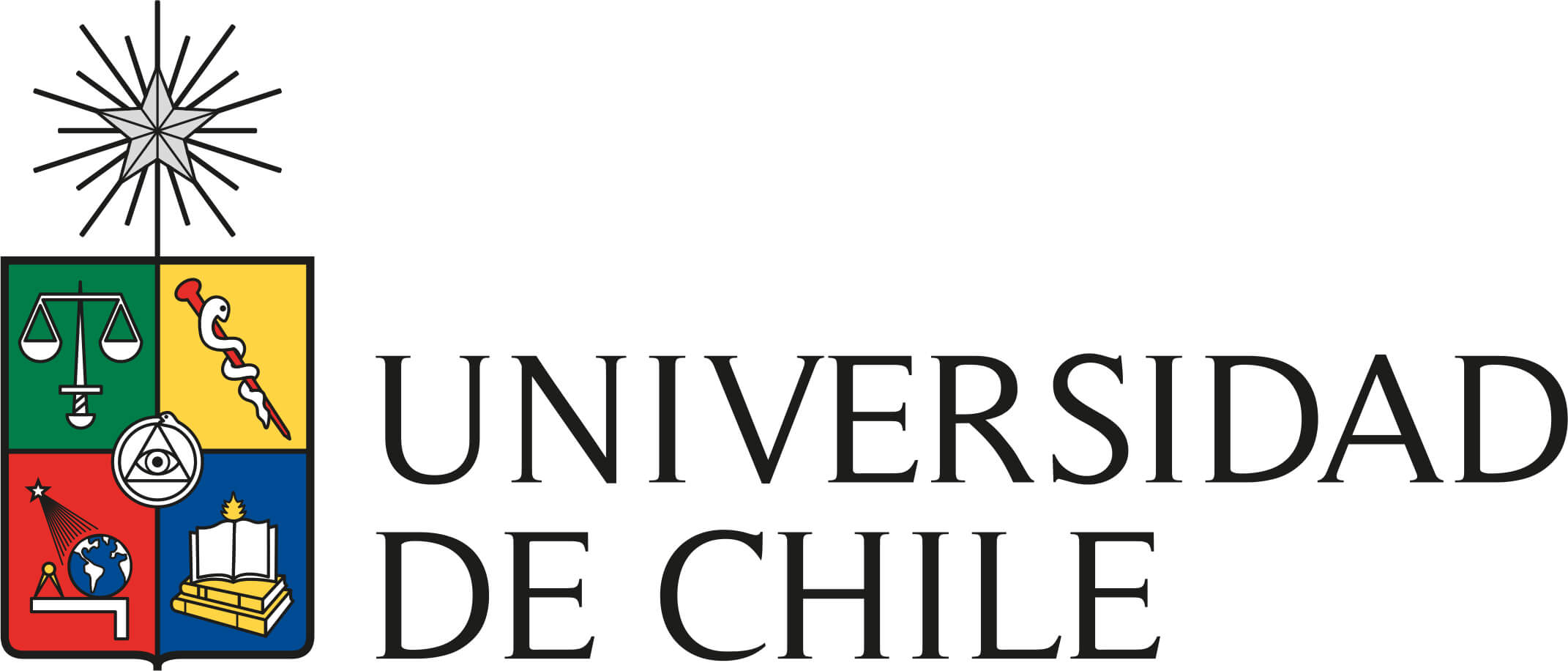Historical outline
The foundation of the University of Chile on the 19th of November 1842 answered the need to modernize the country which a little more than two decades before had become independent from the Spanish empire. It replaced the Real Universidad de San Felipe, which was established in 1738, and consolidated two essential factors for progress: a democratic system with social mobility opportunities and its own productive capacity based on science and technology.
During its first years the University gave considerable support to education, institutional organization – such as the "Civil Code", a model for America- , the building of the road network to join together the territory, and the energy and production infrastructure. Next to this it saw to health, the humanities and the arts.
The founders of the University, especially the first President, humanist Andrés Bello, set themselves the task to give Chile the capacity to incorporate new scientific methods and to generate thoughts that would grant it autonomy in economic, political, social and cultural matters.
The University has fulfilled this mission both through research and the transference of its results, as well as through education of professionals, specialists and post-graduates. It has also tackled, since the beginning, great national problems such as child malnutrition, exploration of the territory and prospecting its resources, the extension of national sovereignty at sea, forestry and horticultural development, geophysical studies, earthquake resistant engineering, among others.
The University of Chile has also contributed to the formation of the intellectual elites and leaders of the country. Most of the Chilean Presidents have studied in its lecture halls, as well as people with prominent roles in politics, business and culture.
Architectural heritage
The University of Chile has buildings with a high heritage value and their contribution to the urban surroundings has converted them into landmarks of Santiago. Among these are: the Main House (1863), the School Swimming pool (1929), the Theatre of the University of Chile in the Turri Buildings (1929), the Museum of Contemporary Art, former School of Fine Arts (1910), the Law Faculty (1937), the Faculty of Medicine (1952), the Astronomy Observatory of Cerro Calán (1962), and the Faculty of Architecture and Urbanism.
Among the more recent buildings the Institute of Communications (2002), the Tecnoaulas, Building of the Faculty of Economy and Business (2005), the Clínicas Building of the Faculty of Dentistry (2006), Los Presidentes Building of the Law Faculty (2007), the new Building of the Faculty of Chemical Sciences and Pharmacy (2013) and Beauchef 851 of the Faculty of Physical and Mathematical Sciences (2014) stand out.





